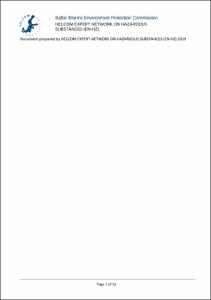Technical annex on the determination of Per- and polyfluoroalkyl substances (PFASs) in biota.

View/
Average rating
votes
Date
2021Corporate Author
HELCOM Expert Network on Hazardous Substances (EN-HZ)
Status
PublishedPages
15pp.
Metadata
Show full item recordAbstract
(PFAAs) are global environmental contaminants. PFOS and PFOA are chemically and biologically inert and very stable (Poulsen et al. 2005). PFOS meets the P (Persistent) and vP (very Persistent) criteria due to slow degradation. PFOS is also bioaccumulative (B) and toxic (T) (OSPAR 2005). PFOA is considered very persistent (vP) and toxic (T) (Van der Putte et al. 2010). PFOA also has the capacity to undergo long-range transportation.
Per- and polyfluoroalkylsubstances (PFAS) can bind to serum albumin and accumulate in blood and organs (Jones et al., 2003). Accumulation in the marine food web starts from the bottom of the food chain, with invertebrates such as zooplankton and molluscs, followed by crustaceans, and then fish (Van de Vijver et al., 2003). The highest PFAS concentrations have been found in blood and internal organs (e.g. liver, kidney) of top predators, such as marine mammals (Martin et al., 2004; Ahrens et al., 2009) and fish‐eating birds (Kannan et al., 2001). Fish specie.....
Publisher
HELCOMHelsinki, Finland
Document Language
enSustainable Development Goals (SDG)
14.1Maturity Level
MatureSpatial Coverage
Baltic SeaCitation
HELCOM (2021) Technical annex on the determination of Per- and polyfluoroalkyl substances (PFASs) in biota. Helsinki, Finland, HELCOM, 15pp. DOI: http://dx.doi.org/10.25607/OBP-1816Collections
- CAPARDUS Practices [244]
- HELCOM Manuals and Guidelines [49]
 Repository of community practices in Ocean Research, Applications and Data/Information Management
Repository of community practices in Ocean Research, Applications and Data/Information Management